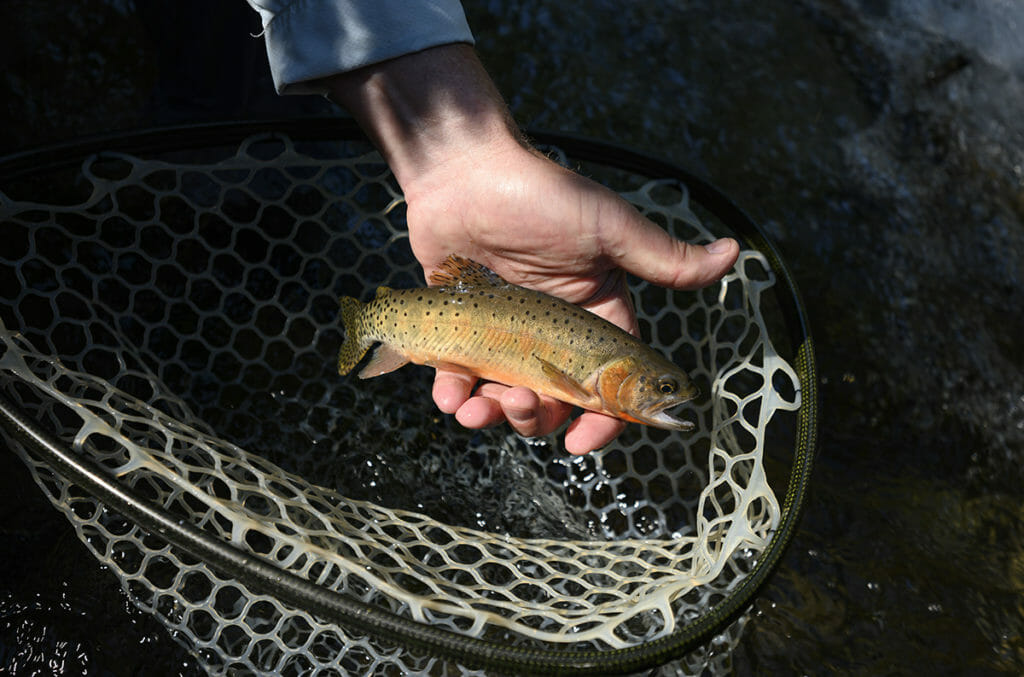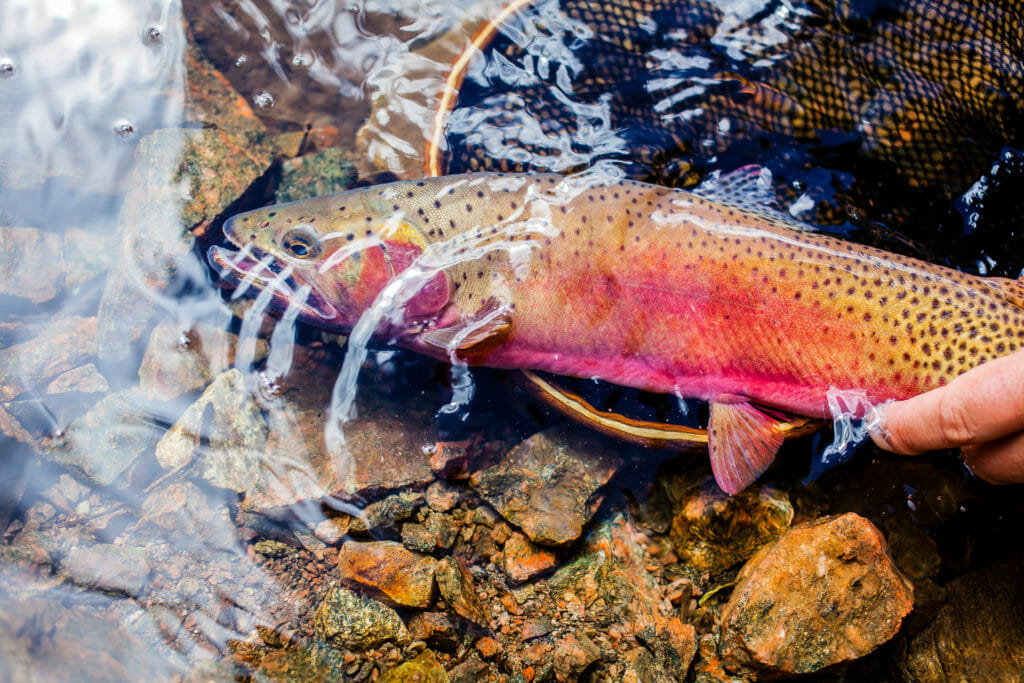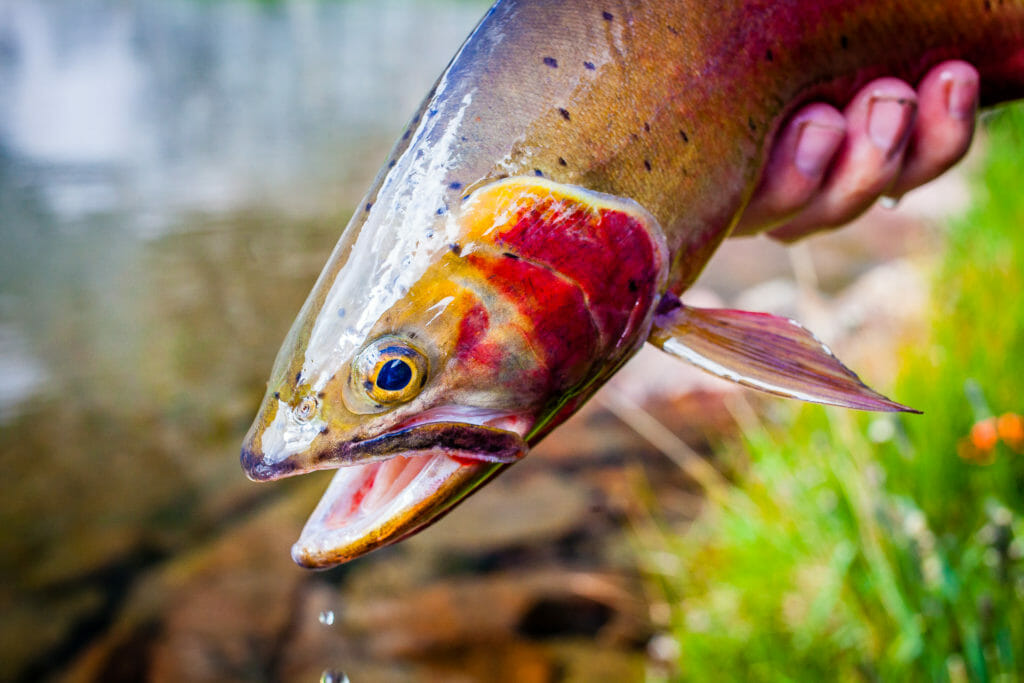
Extensive efforts in southern Colorado and Northern New Mexico to restore habitat for the Rio Grande cutthroat trout (RGCT) have been underway since at least 2003. State agencies, tribes, federal agencies and Trout Unlimited have cooperated to bring this species back to more of its historic range, applying expert knowledge and considerable experience to restore this important native species, which is also the state fish of New Mexico.
Ultimately, the goal is to prevent this fish and its habitat from degrading to the point of needing listing under the Endangered Species Act (ESA). Plans to restore and reconnect habitat, improve water quality and find locations suitable for re-introduction requires intensive work across the landscape.
An ESA listing could trigger land use restrictions, potentially harming agricultural and recreation economies, as well as the hunting and fishing heritage so vital to the communities around cutthroat habitat. So far, the partners’ work has succeeded in keeping the RGCT off the ESA and plans to expand their range are moving forward.
Efforts to restore
In Colorado’s Great Sand Dunes National Park and Preserve, 13 miles of Rio Grande cutthroat trout habitat in Sand Creek and its associated lakes will soon be fully restored. In addition, stocking RGCT in the Rito de los Frijoles— devastated since 2011 by the Los Conchas fire — has taken place over the past two years. In these and other efforts, the priority is to eliminate competition and hybridization with non-native trout species such as rainbow, brown, brook, and, in the case of Sand Creek, Yellowstone cutthroat trout.
In addition to preventing ESA listing, work at both locations will offer anglers incredible opportunities to catch these native fish in their native waters.

In addition, extensive efforts to restore watershed function, focusing on wetland integrity and increasing wet meadow water storage in Comanche Creek in the Valle Vidal system in Northern New Mexico have been successful, adding another level of watershed scale resiliency. Increasing water availability high in the watershed helps guarantee a continual source of cool water during hot summer months enabling improved habitat for the trout and the bug life.
Comanche Creek is the main tributary of the Rio Costilla and after over 20 years of restoration work, contains one of the largest existing metapopulations of RGCT, providing habitat resiliency, migration alternatives and redundancy, which are all important factors for the survival of this species.
In 2013, the Rio Grande cutthroat trout restoration team developed a conservation strategy with the intent to restore the species and make its listing under the ESA unnecessary. This strategy has guided restoration efforts, removed and mitigated threats from non-natives, climate change and drought for the maximum benefit of this subspecies. The Rio Grande cutthroat trout is a fish worth all the effort.



